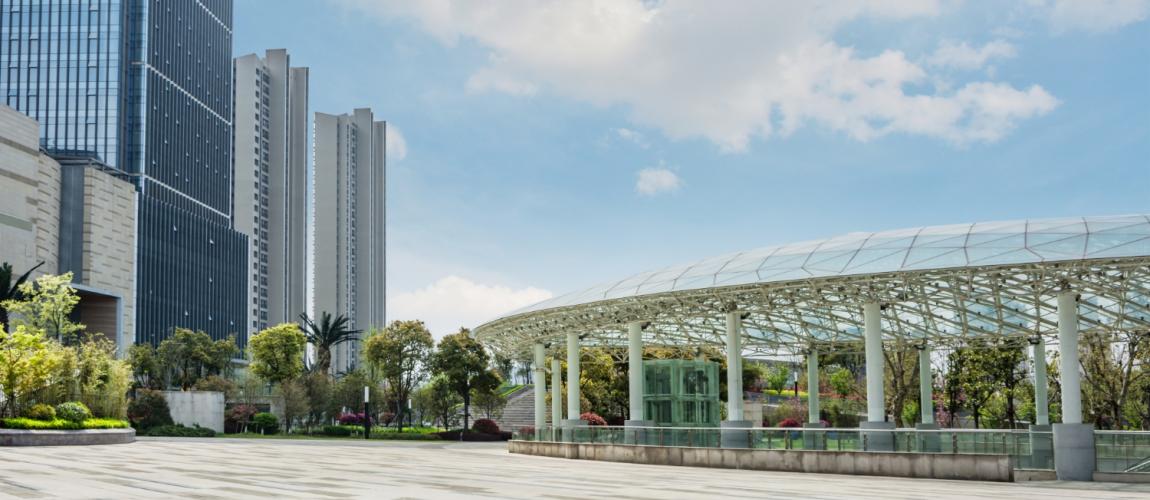Long Beach Civic Center Project, Long Beach, California, United States

Photo Credit: Image by Freepik
On this page: A case study on Long Beach Civic Center Project, Long Beach, California, United States. Find more at the Municipal Public-Private Partnership Framework - Project Summaries section for brief summaries of around 100 projects from around the world, examples of successes and challenges, as well as innovative ideas on solutions, or visit the Guidelines on Innovative Revenues for Infrastructure section.
Project Summary: Background The City of Long Beach has an abundance of land but was facing significantly inadequate public facilities, maintenance deferral problems, underutilized public parks and downtown areas, and budget constraints. In parallel, the Port of Long Beach needed a new location for its headquarters (HQ), preferabl closer to City Hall. In light of this, the City and the Port of Long Beach decided to cooperate with the private sector to develop a new Long Beach Civic Centre and move the Port HQ downtown. Project Structure To build the new Long Beach Civic Centre, the City and the Port of Long Beach selected the Plenary Properties Long Beach LLC (PPLLB) through a competitive bidding process. The total project cost has been forecasted at USD 520 million. The civic center facilities to be developed by the private sector include a new city hall and port HQ, civic plaza, a central utility plant, main library, new underground parking, a three-rooftop solar array system that would provide up to 25 percent of the Civic Center’s energy needs, a refurbished Lincoln Park with a playground, outdoor performance stage, cultural loop, and history walk, as well as a mixed-use, commercial development that would include up to 580 residential units and up to 200 hotel rooms, as well as some retail space. This was the first project in North America to combine both public infrastructure and private development components within a single project. PPLB is responsible for financing the project’s investment costs, through an equity contribution and commercial loans from financiers that include HSBC, Allianz, and Sumitomo Mitsui Banking Corp. In return, PPLB receives an operational concession for 40 years, after which the facilities will be transferred to the City, with the condition that the Civic Center be transferred in 85 percent “like new” condition. During the concession period, PPLB is entitled to an annual availability payment from the government, which will be adjusted by CPI over the 40-year term. The availability payment is meant to repay the debt and cover the operating and maintenance cost for the Civic Center. The annual payment for 2016 amounted to USD 15.2 million. The project will also generate significant revenue from private developments, such as commercial leases and mixed-use residential developments. The project is also expected to produce more than USD 1 million in annual tax revenue for the City of Long Beach and create an estimated 8,000 jobs. The overall economic impact of the project is estimated at over USD 1.3 billion. Lessons Learned By using a PPP, the City of Long Beach was able to redevelop the Civic Center at a lower cost than it had been paying to maintain its existing facilities, without assuming any new debt or levying any new tax measures. The private solution also offered lower financing costs than tax-exempt lease revenue bonds and better risk allocation for the City of Long Beach. As of December 2018, the project was still under construction. It is scheduled to be completed in 2019.1 Footnote 1: Source(s): https://www.cacities. org/Resources- Documents/ Education-and-Events- Section/Municipal- Finance/2016- Session-Materials/ Municipal-P3-Case- Study-Long-Beach- Civic-Center https://plenarygroup. com/projects/ north-america/longbeach- civic-centerredevelopment https://www. prnewswire.com/ news-releases/ long-beach-civiccenter- p3-reaches- 513-million-commercialand- financialclose- 300254970.html http://www. nortonrosefulbright. com/news/144340/ long-beach-civiccenter- and-portheadquarters- pppproject- nabs-topindustry- honors https://www. p3buildings. org/wp-content/ uploads/2016/07/ Long_Beach_ Civic_Center_may_ influence_pipeline___ InfraAmericas.pdf http://www.p3point. com/yahoo_site_ admin/assets/docs/ Bond_Buyer_Long_ Beach_Closes_on_ Financing_for_Civic_ Center_P3.128120014. pdf
The Guidelines on Innovative Revenues for Infrastructure (IRI) is intended to be a living document and will be reviewed at regular intervals. They have not been prepared with any specific transaction in mind and are meant to serve only as general guidance. It is therefore critical that the Guidelines be reviewed and adapted for specific transactions.
To find more, visit the Innovative Revenues for Infrastructure section and the Content Outline, or Download the Full Report. For feedback on the content of this section of the website or suggestions for links or materials that could be included, please contact the Public-Private Partnership Resource Center at ppp@worldbank.org.
Updated:
TABLE OF CONTENTS
I. Innovative Revenues for Infrastructure (IRI)
2. Introduction to Commercial Value Capture (CVC)
3. Applying CVC in Infrastructure Projects
2. Case Studies in CVC from International Experiences
Related Content
Select WBG PPP Toolkits
Featured Section Links
Additional Resources
Climate-Smart PPPs
Type of ResourceFinance Structures for PPP
Type of ResourceFinancing and Risk Mitigation
Type of Resource